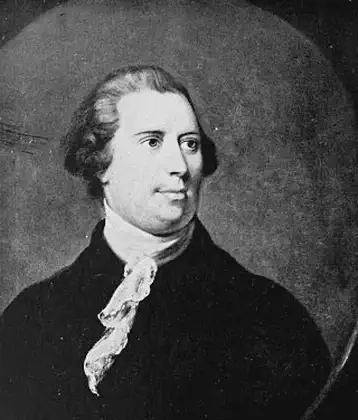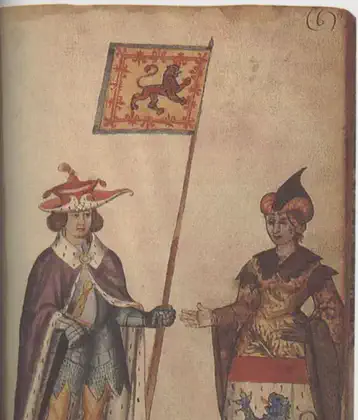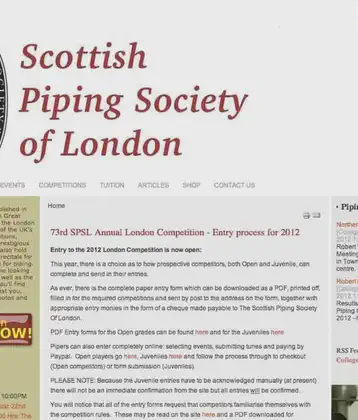February 9th , 1554
Wyatt’s Rebellion was a limited and unsuccessful uprising in England in early 1554 led by four men, one of whom was Sir Thomas Wyatt. It was given its name by the attorney at Wyatt’s arraignment, who stated for the record that “this shall be ever called Wyatt’s Rebellion”.
The rebellion arose out of concern over Queen Mary I’s determination to marry a foreigner, Philip II of Spain, and to return England to the Catholic Church and papal authority. The uprising failed, with consequences for the rebels that ranged from death to forgiveness.
Wyatt’s Rebellion or the Wyatt’s Revolt in 1554, during the reign of Queen Mary I of England. Sir Thomas Wyatt the Younger, a poet and nobleman, led a rebellion against Queen Mary’s plan to marry Philip II of Spain. The rebellion originated in Kent and aimed to overthrow Queen Mary, who was unpopular due to her marriage plans and her religious policies, which involved the persecution of Protestants.
The key insurgents were Thomas Wyatt, Sir James Croft, Sir Peter Carew, and Henry Grey, Duke of Suffolk.
Wyatt’s forces marched towards London with the intention of capturing the city. However, they encountered strong resistance from the royal forces, and Wyatt’s rebellion ultimately failed. His forces were defeated, and Wyatt himself was captured, tried for treason, and executed.
While the rebellion led by Sir Thomas Wyatt did involve armed conflict in the vicinity of London, it was not a single battle but rather a series of skirmishes and engagements as the rebels attempted to advance on the capital. The rebellion was a significant event in Tudor history and had political implications for the reign of Queen Mary I.










